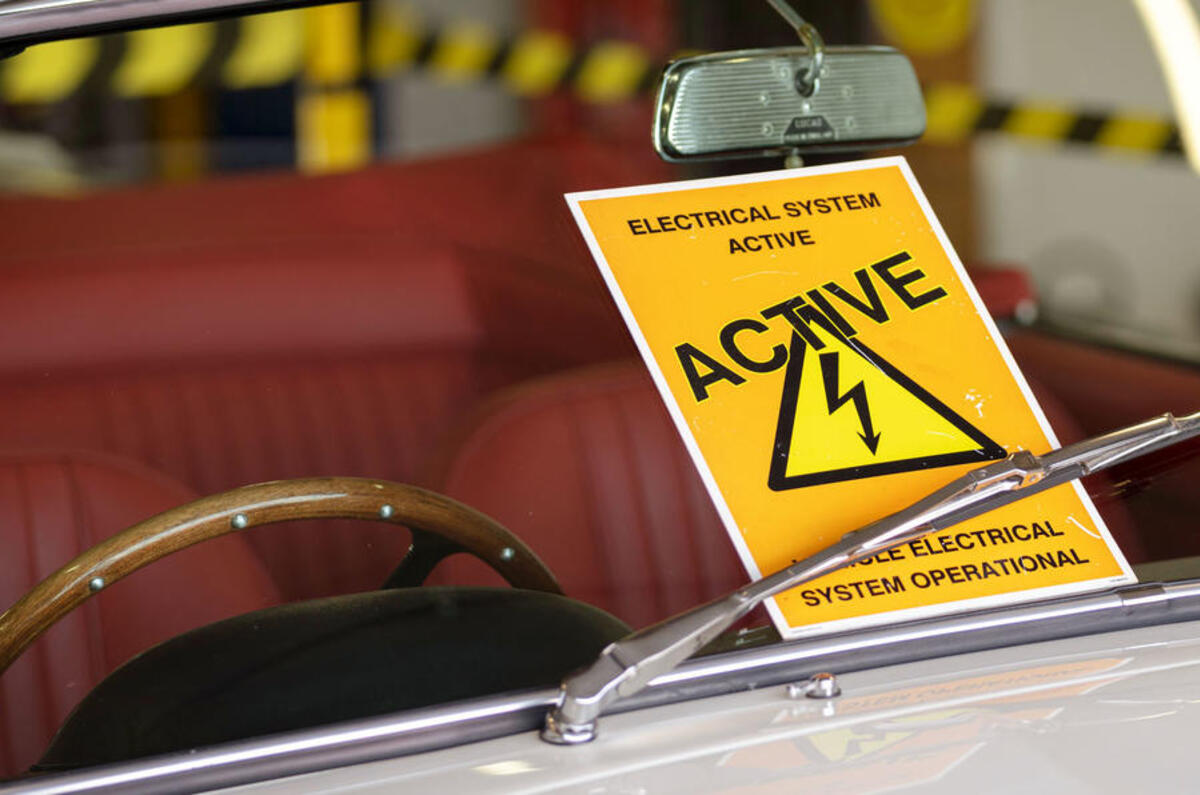Many potential EV owners are put off by range anxiety, but a number also worry about safety. Powered by highly flammable batteries and packing high voltage electrical systems, it’s easy to see how these machines could give cause for concern. In reality, though, electric cars are just as safe as any other, thanks to a range of neat features aimed at protecting occupants and other road users. Here’s our comprehensive EV safety guide.
Are electric cars safe in an accident?
First off, it’s important to keep in mind that all electric cars are built to meet the same strict design and manufacturing regulations as their petrol and diesel counterparts. Essentially, they go through the same carefully wrought process, with an almost obsessive amount of time spent on making these machines as safe as possible. And to highlight the hard work, most manufacturers then subject their EV offerings to Euro NCAP assessment, with almost all performing as well as similarly-sized and equipped internal combustion models.
Strong structures, extensive crumple zones and multiple airbags ensure that occupants are as well protected as possible in the event of an accident. In fact, with the extra mass of their battery packs and the need to absorb the increased energy they create in a collision, it’s arguable that EV designers have to work even harder to attain outstanding crashworthiness.
One area of concern, however, is fire. A few years ago a spate of high profile EV accidents that resulted in cars burning to the ground caused nervousness among new car buyers. Now, you might think fire is more likely in an internal combustion (isn’t the clue in the name?) car, particularly one powered by a substance as flammable as petrol, but in fact an EV is just as likely (or unlikely as we’ll find out) to suffer from a conflagration after a collision.
Should the worst happen, the biggest potential problem with an EV’s lithium ion battery is something known as thermal runaway. Essentially, if one of the cells gets damaged and short-circuits there’s a chance the flammable electrolyte inside can ignite, becoming hotter and hotter as it uses up all the stored energy, burning in excess of 1,000 degrees celsius. If this increased heat damages neighbouring cells, it can cause a chain reaction where the hundreds or thousands of cells also begin burning in an ever increasingly fierce fire that can be impossible to extinguish - instead you have to wait for it to essentially ‘burn’ itself out.
Yet while this sounds terrifying it’s actually extremely unlikely, with the latest generation of EVs engineered to avoid this situation. For starters, the battery is very well protected in a crash resistant structure that’s mounted as low in the car as possible and as far away from potential impact areas. Polestar, for example, has even developed two deformable aluminum structures either side of the front bulkhead of its Polestar 2 model. Known as SPOC (severe partial offset crash) blocks, these prevent the front wheels from striking the battery during a frontal collision.














Join the debate
Add your comment
Any hint of damage to the cell block in an accident will mean the whole lot will have to be replaced. Very expensive. Is this reflected in insurance premiums?
No one said it was crash proof. Oh and yes it is reflected in insurance premiums, in the same way a cracked ICE gearbox casing, platform, V8 engine block is following a crash.
It is not the case that contact with 400v DC could prove life threatening. There is no could about it. You will die, eg due to heart fibrilation and muscle lock preventing you from letting go. There is a lot of discussion about safe DC voltages and it can depend on current levels and if the contact is subcutaneous but 48 to 60 volts DC is generally accepted to be the safe limit.